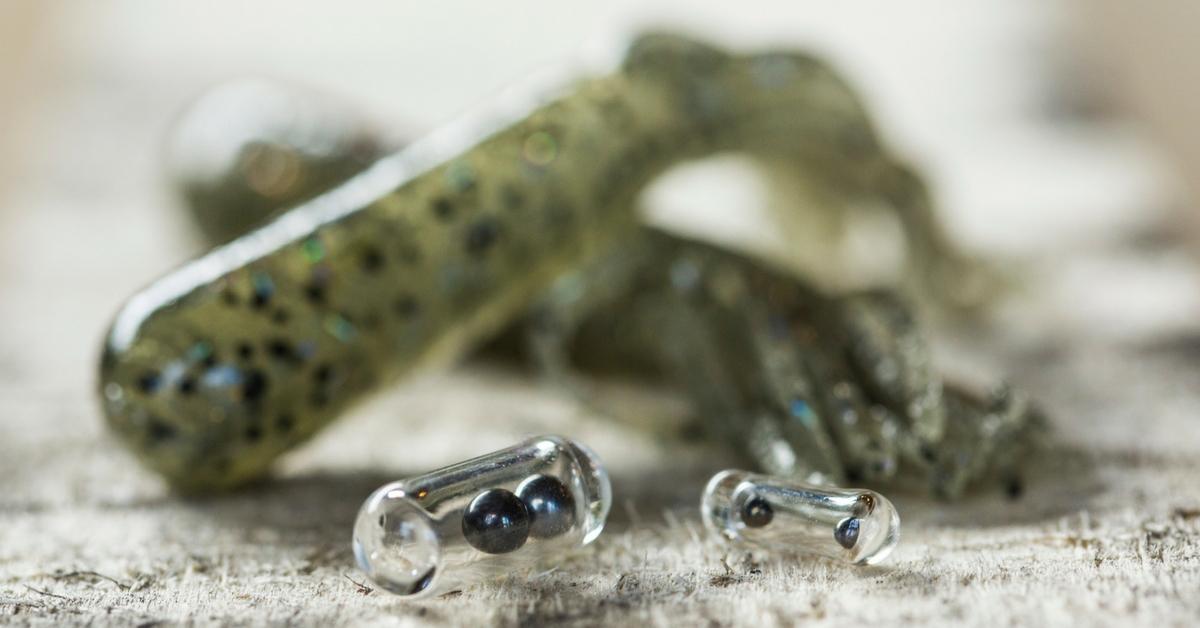When To Add Noise To Your Baits To Catch More Fish
Sound coming from a lure is pretty important in most bass fishing scenarios. A bass’ ability to hear a lure frequently makes a lot more difference than the fish being able to see the lure. Because of this, noisy baits can sometimes make a big difference.
When you want your lure to imitate the sounds of a crawfish, the best option is to add rattles to your lures. The rattle will imitate the slight clicking sound crawfish make while they crawl along the bottom.
Making Creatures Noisy Baits
You can insert rattles into plastic lures such as craws or creature baits with the various insertion tools available today. The tool cuts out a piece of the plastic to create a hole a little smaller than the rattle, which helps keep the rattle in place better once it has been inserted.Place the rattle on the head of a plastic craw or creature bait so the fish can hone in on the sound, especially in dirty water. If you have the rattle on the back of the bait and away from the hook, sometimes the fish zero in on that sound and hit the lure but actually miss the hook. So you want to position the rattle near the lure’s head or close to the bend of the hook.
Noisy Baits With Water Clarity
A rattle is almost always necessary in muddy water because bass need that sound to find the lure. It might also be necessary to insert two rattles in your lure to catch bass in extremely muddy water.Clear water is one situation in which a rattle doesn’t always work. Bass rely more on sight then to target forage so you don’t need a noisy lure, especially when bass are shallow.
Making Spinnerbaits Noisy Baits
Attaching a rattle to the shank of a spinnerbait hook with a shrink tube will add more noise to your blade bait. You can also add a rattle to the wire arm or hook of a buzz bait for a noisier buzzer. You can make buzz baits squeak more by flattening the pop rivet on the lure’s arm. Either flatten the one side of the pop rivet or the side on the blade itself facing the pop rivet. You can also fine tune a buzz bait by running it outside your truck while traveling on a short trip.Fishing pressure can cause bass to shy away from noisy baits, so you need to experiment to find out how much sound the fish prefer.
Updated November 3rd, 2017 at 11:50 AM CT


